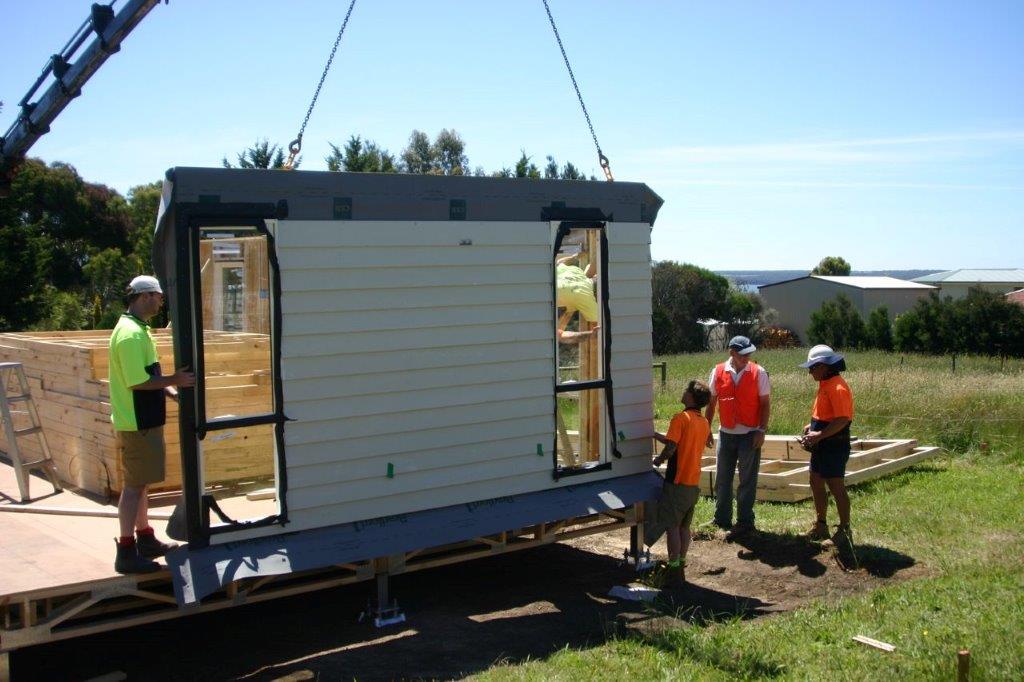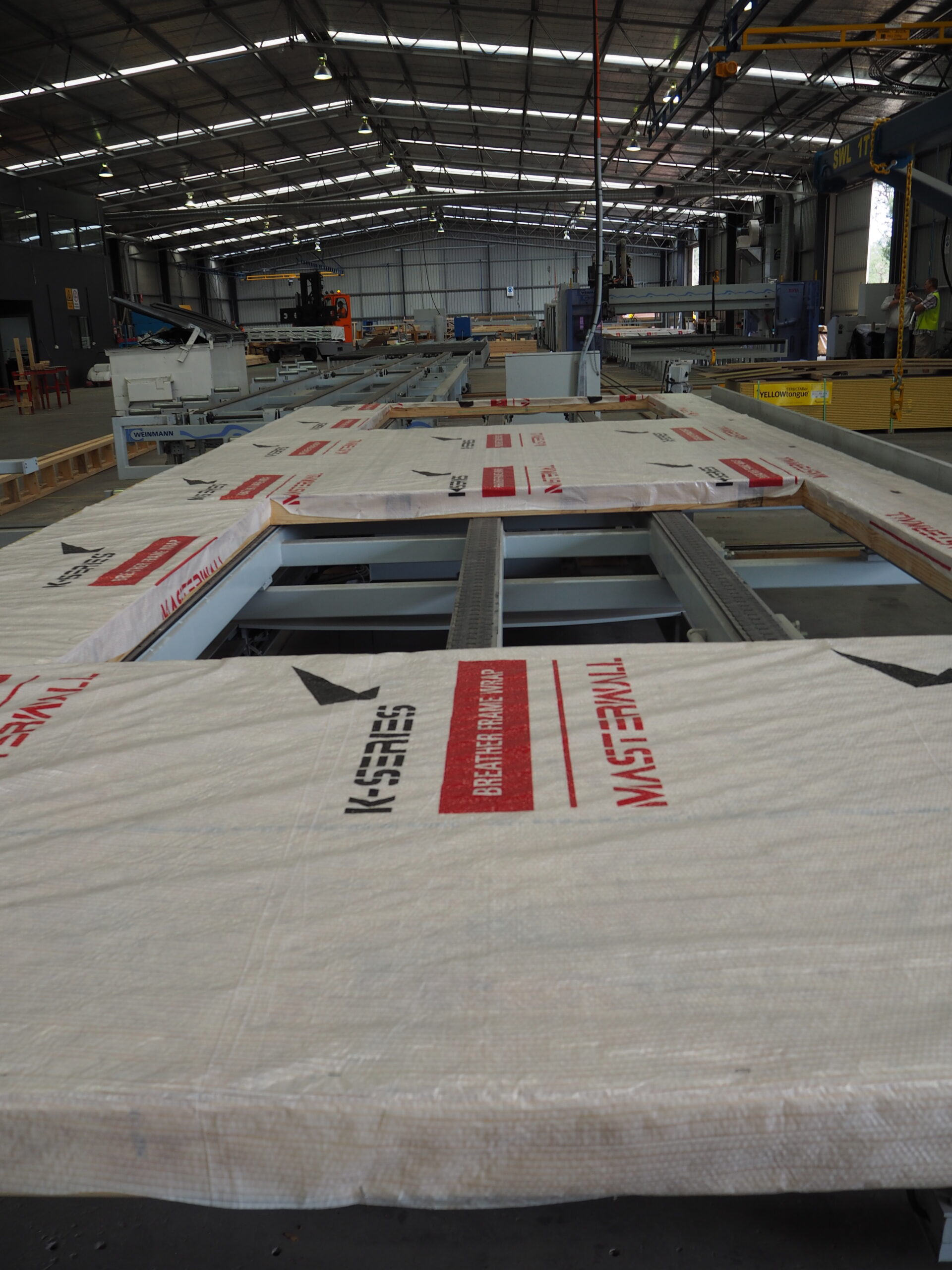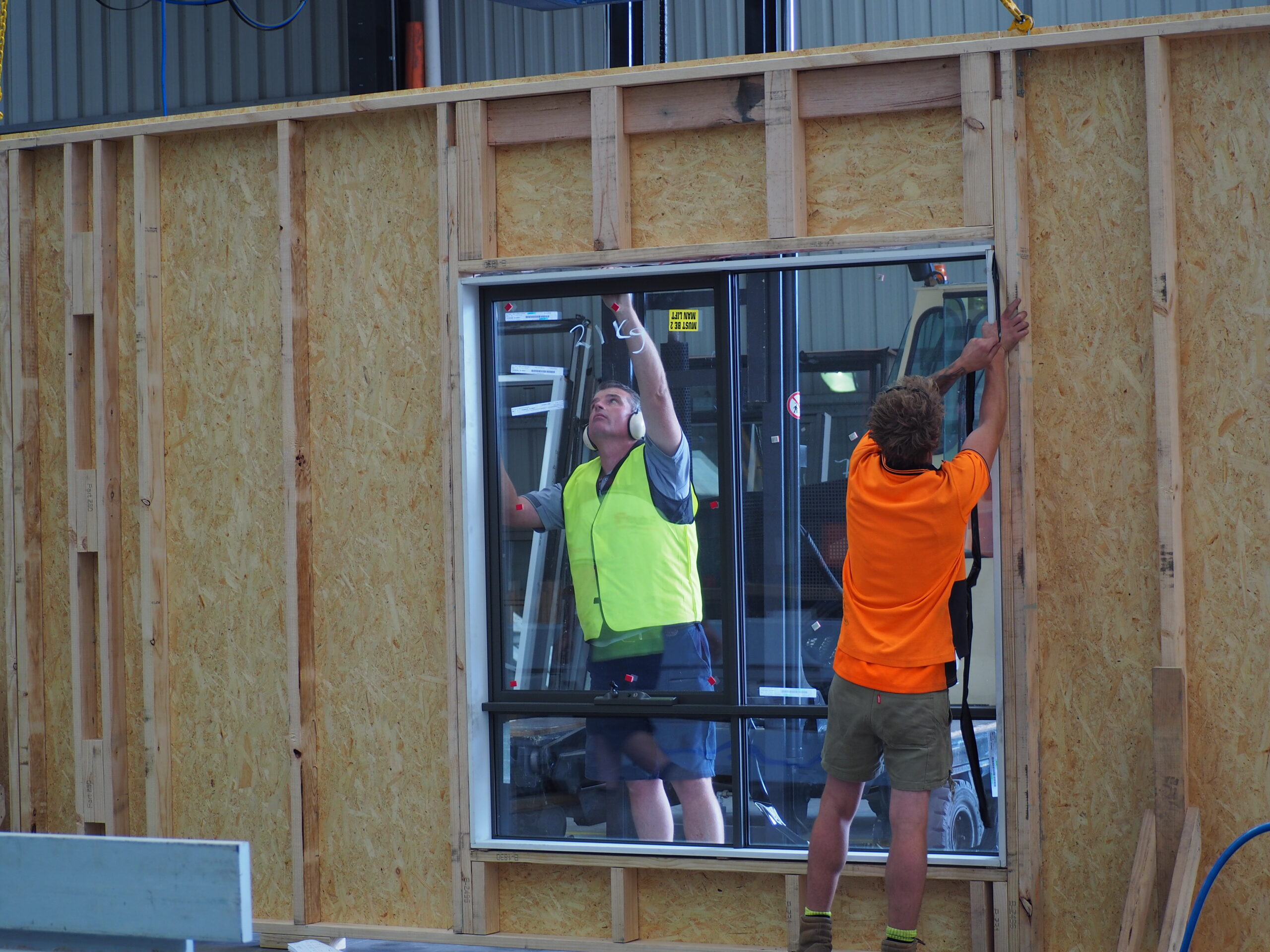The recent FTMA Strategic Technical Group (STG) meeting in September was a crucial gathering marking significant discussions on offsite elemental prefabrication technologies and the future landscape of lightweight timber framed construction supply.
One of the focal points of this meeting was the potential increased use of Elemental Prefabrication approaches for detached residential dwellings, townhouses and three-storey plus apartments, emphasising lightweight timber framing as a construction-efficient, cost-effective and sustainable solution.
Elemental prefabrication approaches discussed included: adding to walls units building wrap/vapour barrier, pre-installed windows, insulation, external battens, one covered layer either single external cladding, or internal linings, and also floor and roof cassette systems. This showcases the industry’s ongoing commitment to finding improved construction productivity methodologies and efficiencies.

The meeting participants also discussed the promising developments from the recent New South Wales’ Social Housing Pattern Book competition, highlighting a strong inclination among stakeholders to incorporate timber and modern construction methods (MMC). In Queensland, a focus is also on exploring how timber can be harnessed to streamline and enhance the QBuild process.
The focus on integrating timber into construction projects is driven by its potential to provide sustainable, cost-effective solutions that improve the onsite productivity for builders whilst aligning with market demands. Despite regional differences, a common theme is emerging: the need for collaboration, innovation, and a willingness to adapt in integrating timber into construction practices. Timber presents unique opportunities for the industry, offering both environmental and structural benefits that can shape the future of construction and propel advancements across sectors.

As the meeting wrapped up, several action points were laid out, paving the way for collaborative efforts between industry leaders and government bodies. These include looking into grant opportunities, further engaging with nailplate manufacturers and their fabricator members, and the continued development of prefabrication standards. Critically, the importance of educating engineers to better embrace timber technologies was underscored, marking this as a pivotal area for future focus.

Member engagement remains a vital element of FTMA STG’s mission. By growing its membership base and ensuring that diverse voices within the industry are heard, the group is poised to spearhead significant advancements in manufacturing practices. This meeting is a testament that through concerted efforts and shared goals, industry players can significantly influence Australia’s future timber construction practices. Therefore, manufacturers’ active participation in such collaborative initiatives is of paramount importance, as their insights and innovations shape the direction of both current projects and future industry standards.
If members want to know how they can be involved in future STG meetings, please contact Alastair Woodard, who chairs the STG:
M: 0417 364 008
Our Principal Partners



